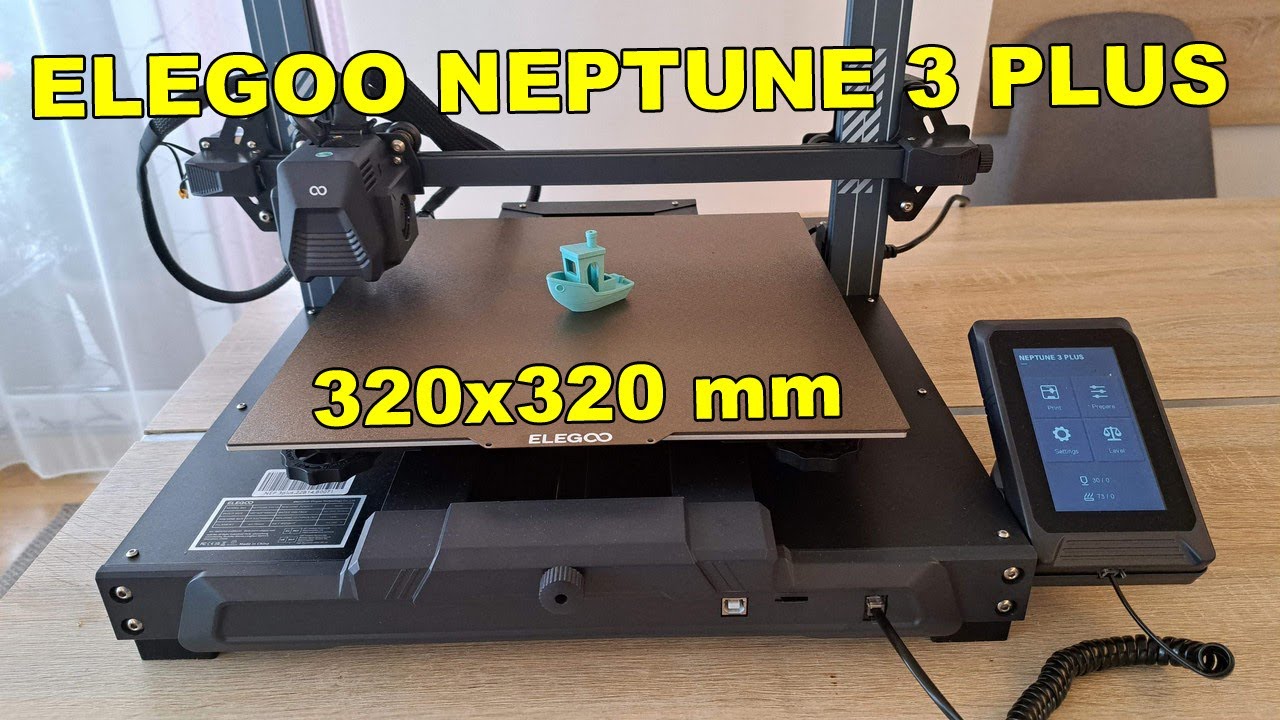I thought it might be nice to break down the lets make an instrument topic…
so in this topic, perhaps we can get some ideas from the community about how to ‘house’ your new diy instrument… partly as its an area thats frustrates the hell out of me !
so background, Ive a ton of ideas for instrument creation, and Im confident on the electronics side, and the coding side - BUT creating a housing, a form for them to live in - is what stops me doing it at all…
the form factor of an instrument is really important,
not only practically - your electronic (etc) need somewhere to live.
but also aesthetic and feel are important… a box is not that inspiring.
But living out in the wilds, I don’t have quick access to shops, and I don’t have a lot of materials on hand to use for the process … if I have to go ‘shopping’ for bits, I just loose inspiration/motivation. so it doesn’t happen.
and even with ‘chuck in a wooden box’, I never have the right size, or materials to create even a simple box.
so how do you tackle this?

